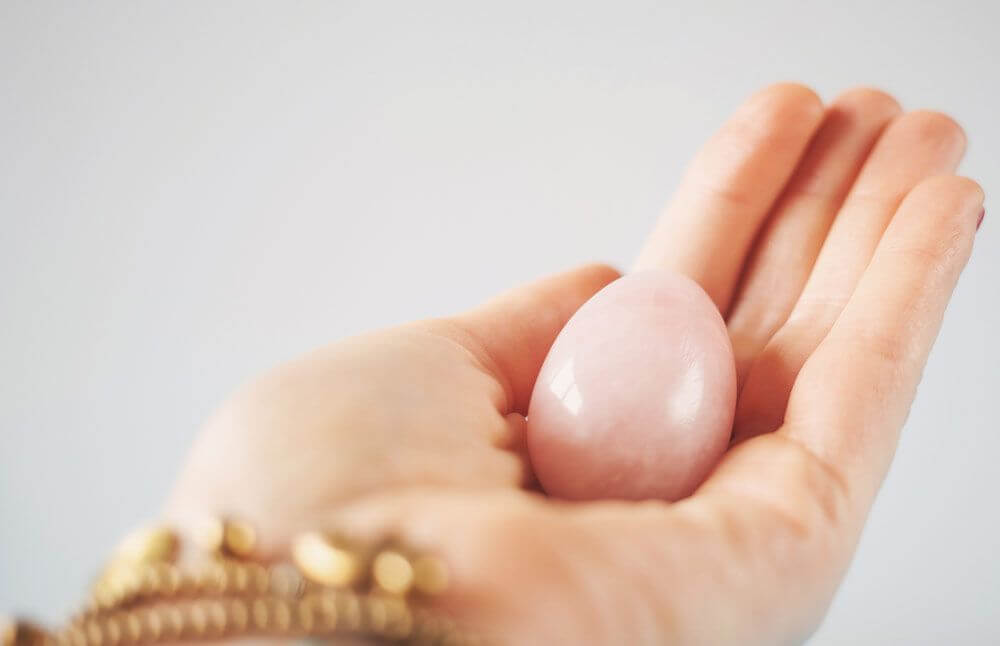You may not think about them, but all women have a group of muscles in the pelvic region that play a large role in many bodily functions. From controlling bowel movements to sexual functionality, the pelvic floor muscles are a part of your everyday life. If you have pelvic floor dysfunction, there are natural ways to remedy the problem.
What Do Pelvic Floor Muscles Do?
The pelvic floor muscles in women support the bladder, uterus, colon, vagina, and urine tube. These muscles control these areas by contracting and releasing. If you have even “held it” when you’ve had to pee badly, these are your pelvic floor muscles at work.
- Bladder: If pelvic floor muscles are too loose or weak, it can cause bladder issues. This ailment is common after giving birth and with age. When this happens, it can cause urinary incontinence, the urge to urinate more frequently, and even painful urination.
- Uterus: Pelvic floor dysfunction can cause the uterus to slip down into the vagina or even protruding out. Weak muscles can’t support the uterus correctly. This often affects postmenopausal women who’ve had vaginal deliveries.
- Colon: When the pelvic floor is weak, colon issues like fecal incontinence or bowel leakage may occur. The anal opening needs muscles in good condition to support proper function. Common causes are giving birth, muscle tears, and a long history of constipation.
- Vagina: Pelvic dysfunction in the vagina can cause vaginal bulging, pain, and sexual discomfort. The feeling of tightness in the vagina during intercourse is primarily determined by the strength of the pelvic floor muscles.
- Urethra: This is the tube that carries urine. Weak pelvic floor muscles can cause the urethra to protrude into the vagina. When this happens, it can become difficult to urinate and fully empty the bladder. Stress incontinence and painful intercourse may also occur.
How is Pelvic Prolapse Diagnosed
Your doctor may be able to identify the effects of a weak pelvic floor during a routine pelvic exam. The doctor can check for knots or weakness in the muscles using their hands. More involved examinations are available if pelvic dysfunction is suspected. An ultrasound, CT scan, MRI scan, or urinary tract X-ray can locate organ prolapse.
What Can Cause a Weak Pelvic Floor?
There are a variety of causes that weaken the pelvic floor to the point of discomfort. Some are hereditary, and others happen with time and other health issues. Half of all women who give birth will deal with pelvic floor complications related to their female reproductive system, urine leakage, and bowel movement.
- Age
- Weight gain
- Systemic diseases
- Chronic health issues that put pressure in the pelvis
- Pregnancy and giving birth
- Trauma during delivery
- Operative Delivery
Treating a Weak Pelvic Floor and Organ Prolapse
Treatments for weak pelvic floor disorders can range from natural therapy to surgical. In some cases, the solution for these weak muscles is exercise. By regularly practicing Kegel exercises, it is possible to restrengthen the pelvic floor and reverse many symptoms. Different types of dysfunction can require alternate methods. Additionally, some doctors may recommend dietary changes, laxatives, pain relievers, biofeedback therapy, and pessary support. Before setting out on a treatment plan, your gynecologist must identify the underlying issue first.
Do Kegel Exercises Really Work?
Kegel exercise does work, and you may notice changes after 4 to 6 weeks of regular pelvic training! By working every day to strengthen the muscles that support your organs, many symptoms should improve and even disappear. Once you have strengthened your muscles, maintenance exercise should be practiced regularly. Just like any muscle, they can atrophy without exercise.
Kegel exercise supports all the organs that are affected by the pelvic floor muscles, like the uterus, small intestine, bladder, and rectum. Be careful not to overdo it, though. There is a risk of over strengthening muscles, which can cause a host of additional problems with organ functionality.
How to Do Kegel Exercises
If you don’t know how to identify your pelvic floor muscles, there are multiple ways to do it. One way is to pretend you are holding urine. When you tighten those muscles, you should be able to feel the muscles move up and down. You can do this right now without anyone knowing what you are doing!
A different way is to put your finger into the vagina. Make this same tightening motion like you are trying not to pee. You should be able to feel the muscles tighten and move with your finger. Once you have identified the muscles, you can practice Kegel pelvic floor exercises 3 times a day to strengthen.
- Fully empty your bladder and lie or sit down.
- Create the motion that tightens the pelvic floor muscles. Hold for 3 to 5 seconds.
- Relax your muscles for 3 to 5 seconds.
- Repeat the tightening and relaxing motions 10 times.
Where Should You Practice Exercises?
It is possible to do pelvic floor muscle exercise wherever you are, and this is the least invasive of the treatment options available. However, just make sure you empty your bladder before you begin. Incomplete emptying can lead to urinary tract infections.
In some cases, additional help is needed from your health care provider. Your OBGYN can provide biofeedback sessions or devices to help you strengthen your muscles. Weighted vaginal cones can aid in strengthening weak muscles. Pressure sensors can be used as well to measure the strength and activity of your muscles as you move them.
If you are worried about pelvic organ prolapse, contact Cool Springs MD Obstetrics and Gynecology to schedule a screening. Dr. Lodge is an experienced health care provider dealing with reproductive health issues of all kinds. Call 615.690.6600 to schedule an appointment to assess your pelvic floor health and create a plan to alleviate your symptoms.

